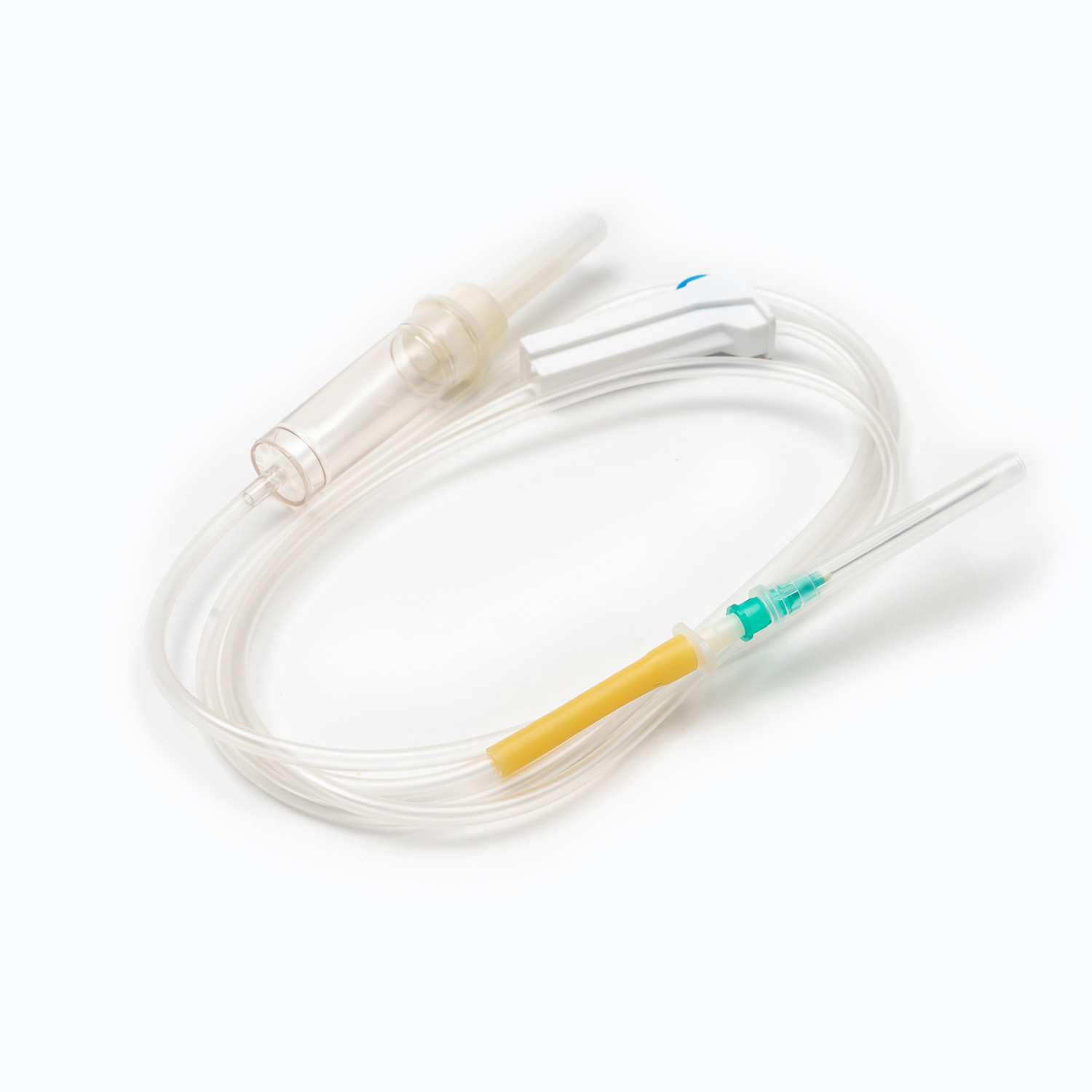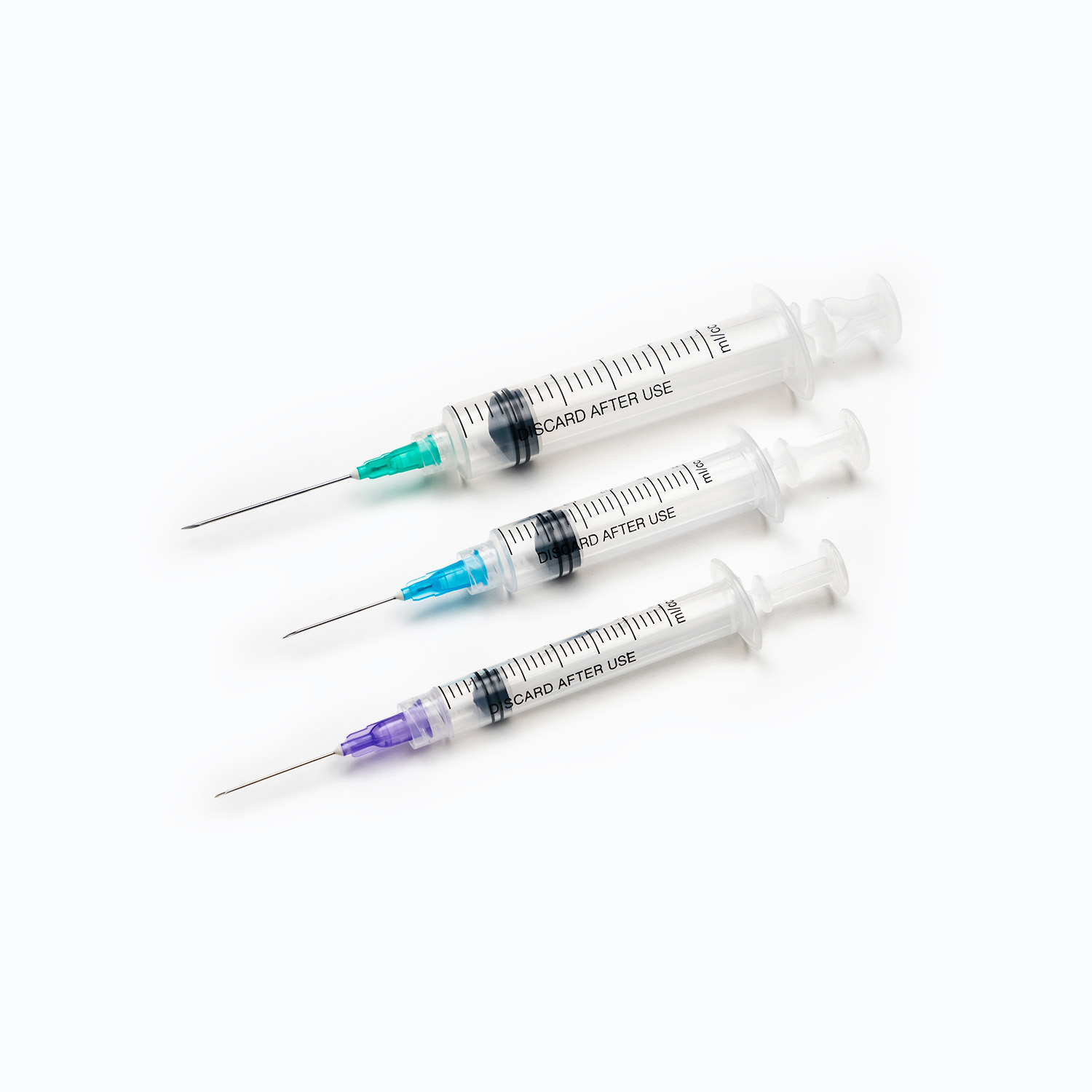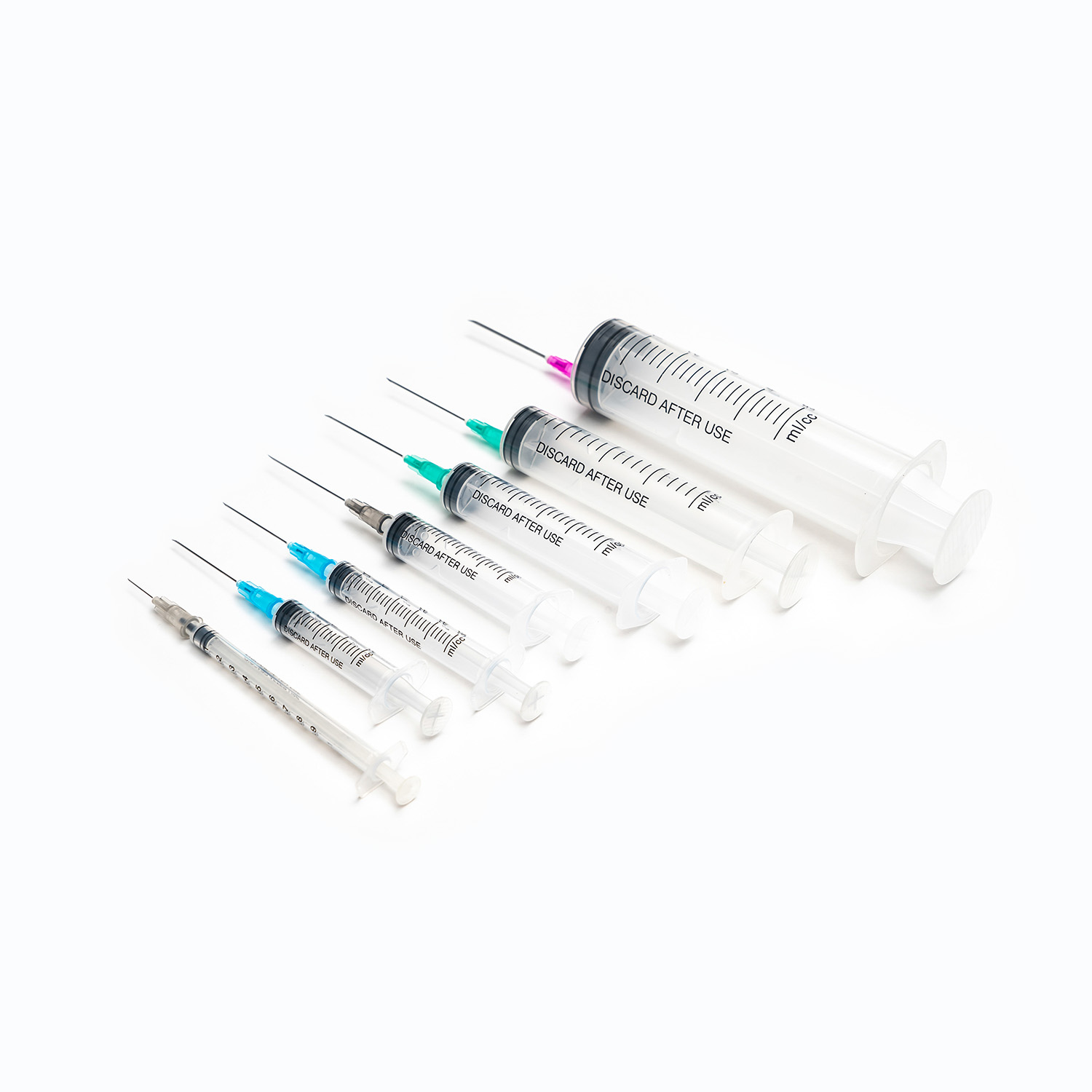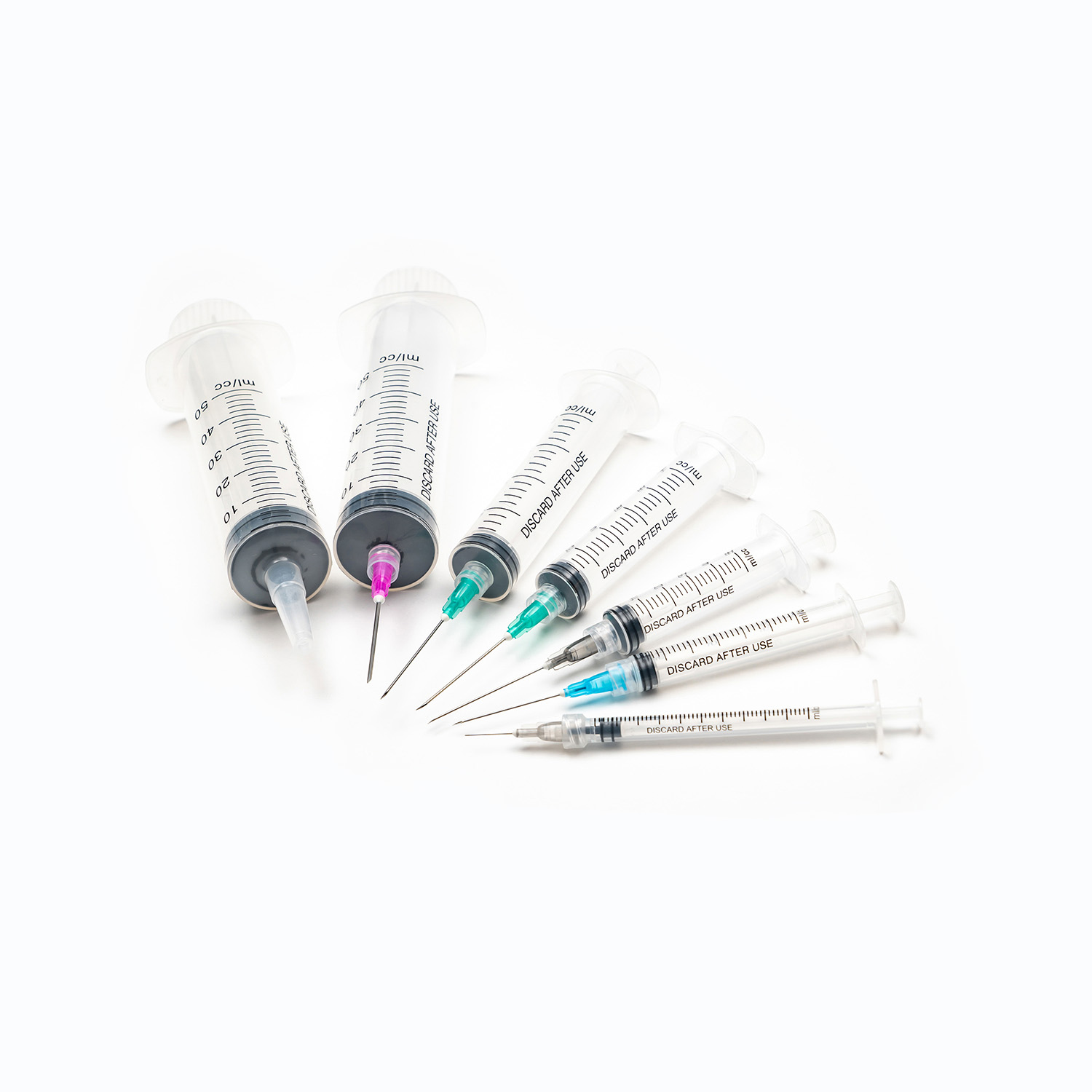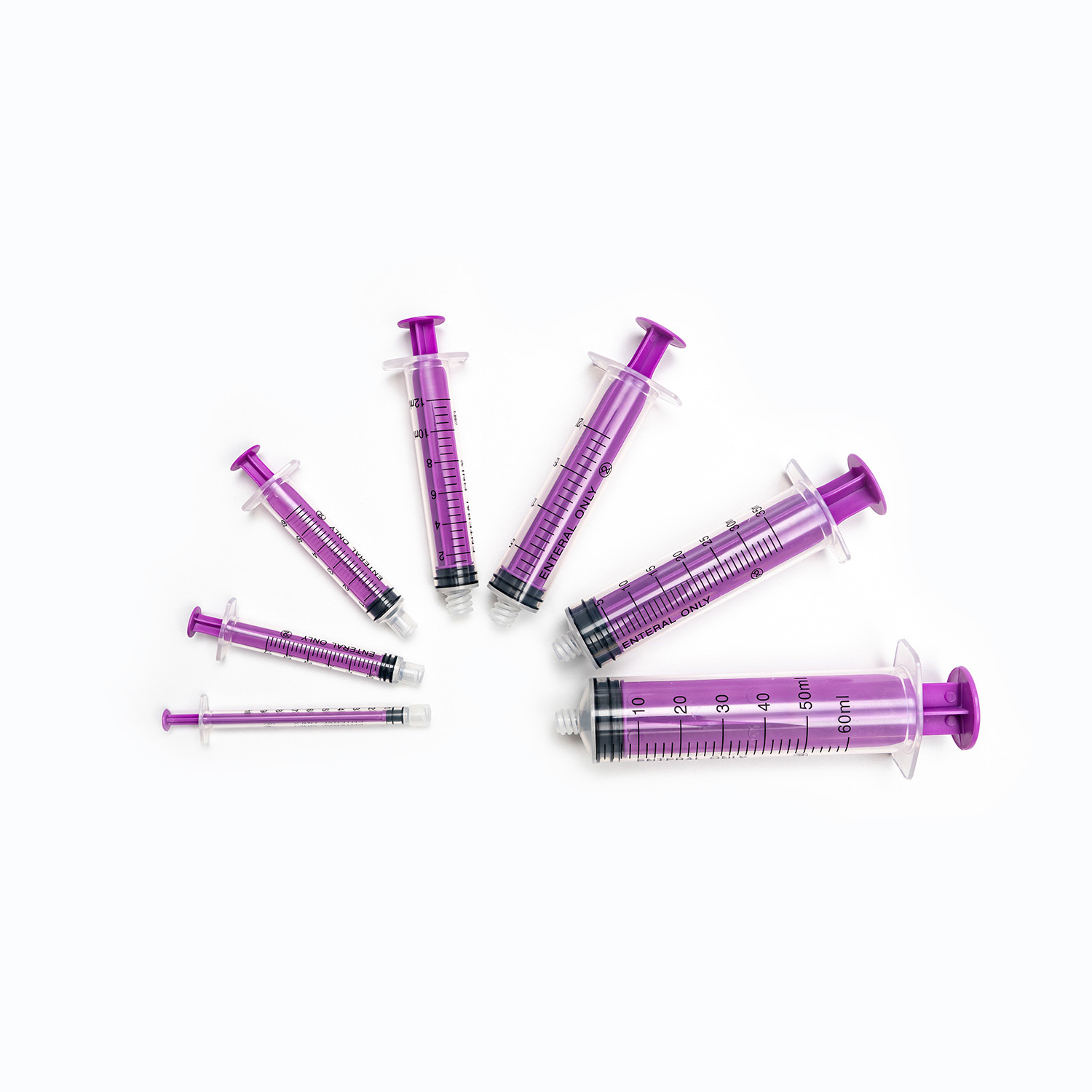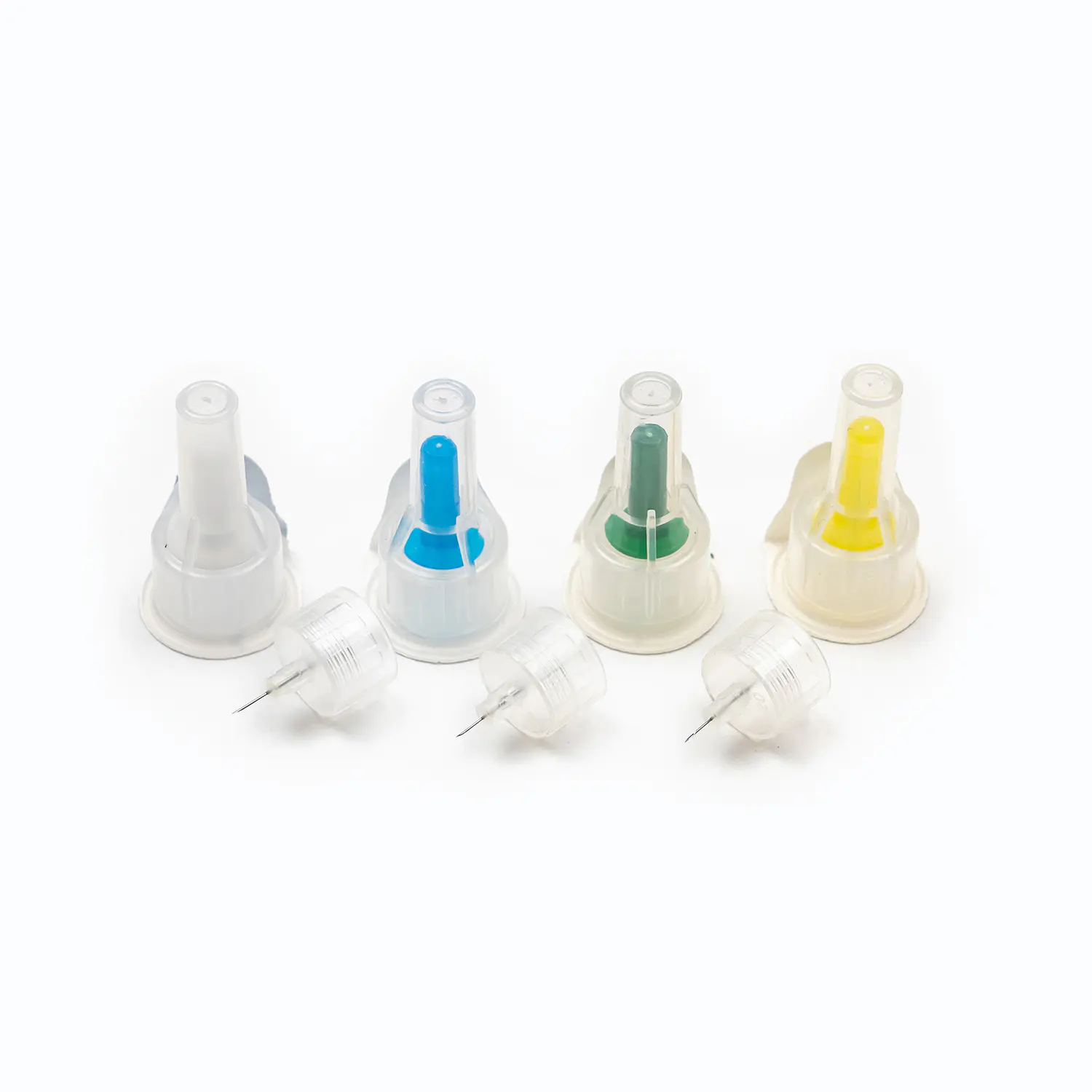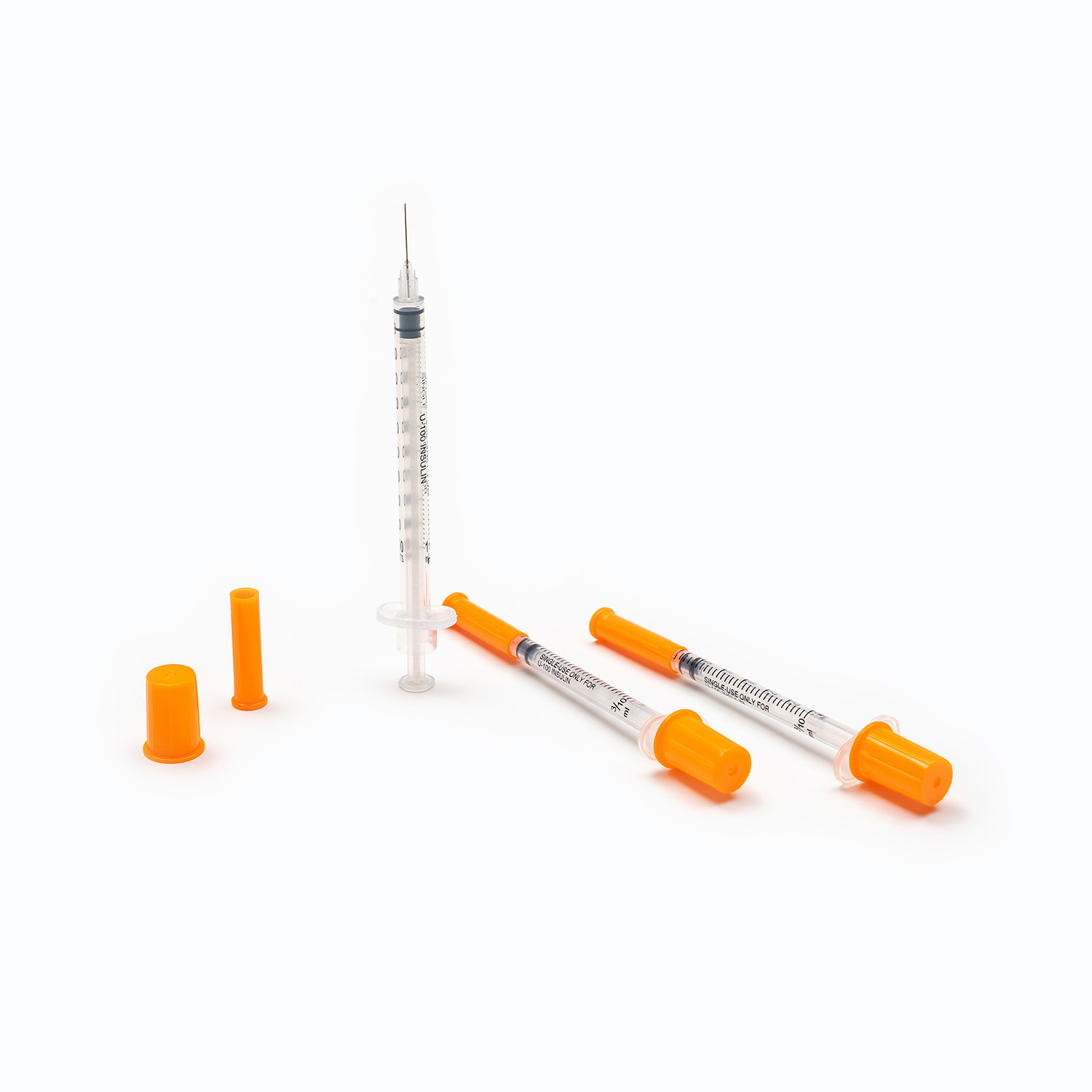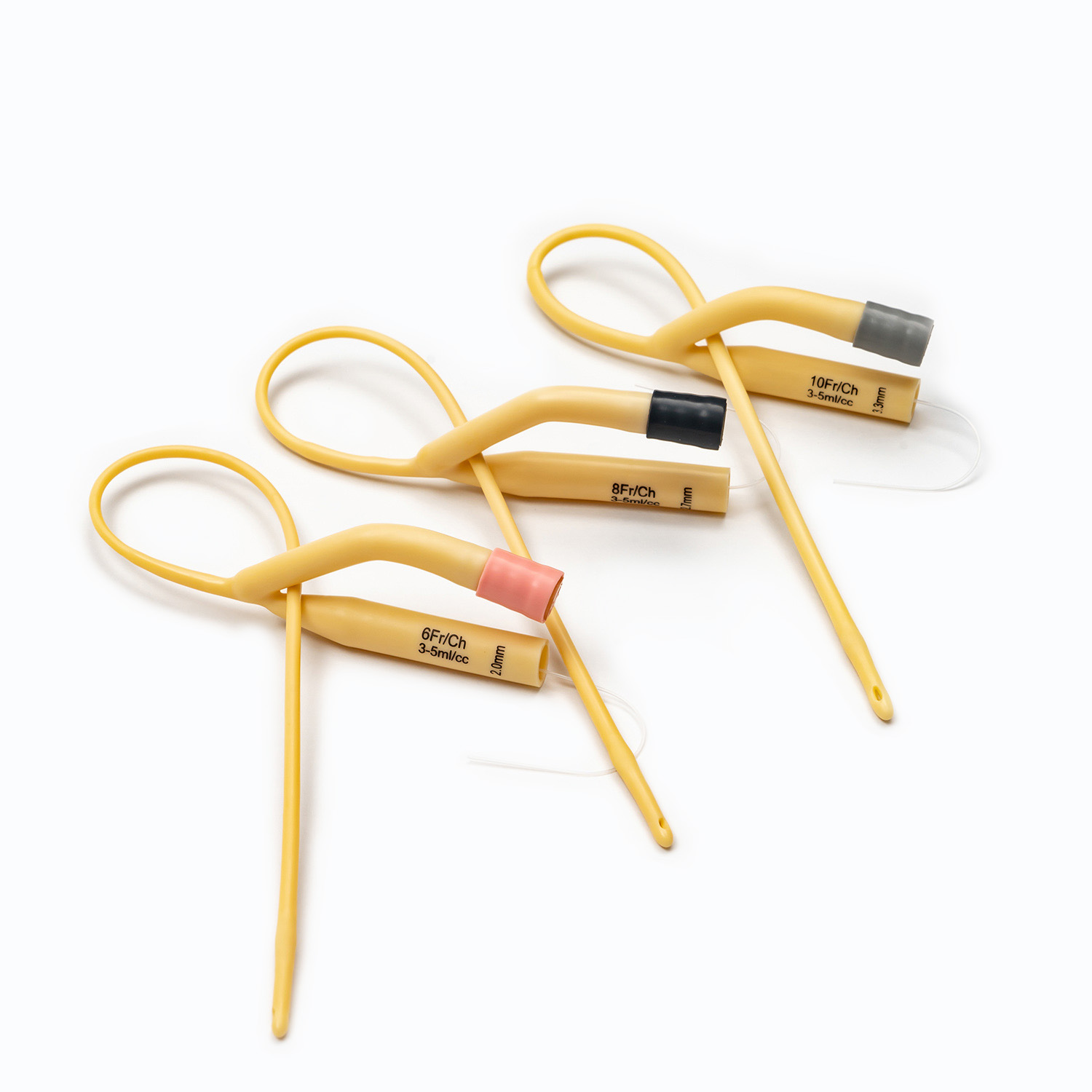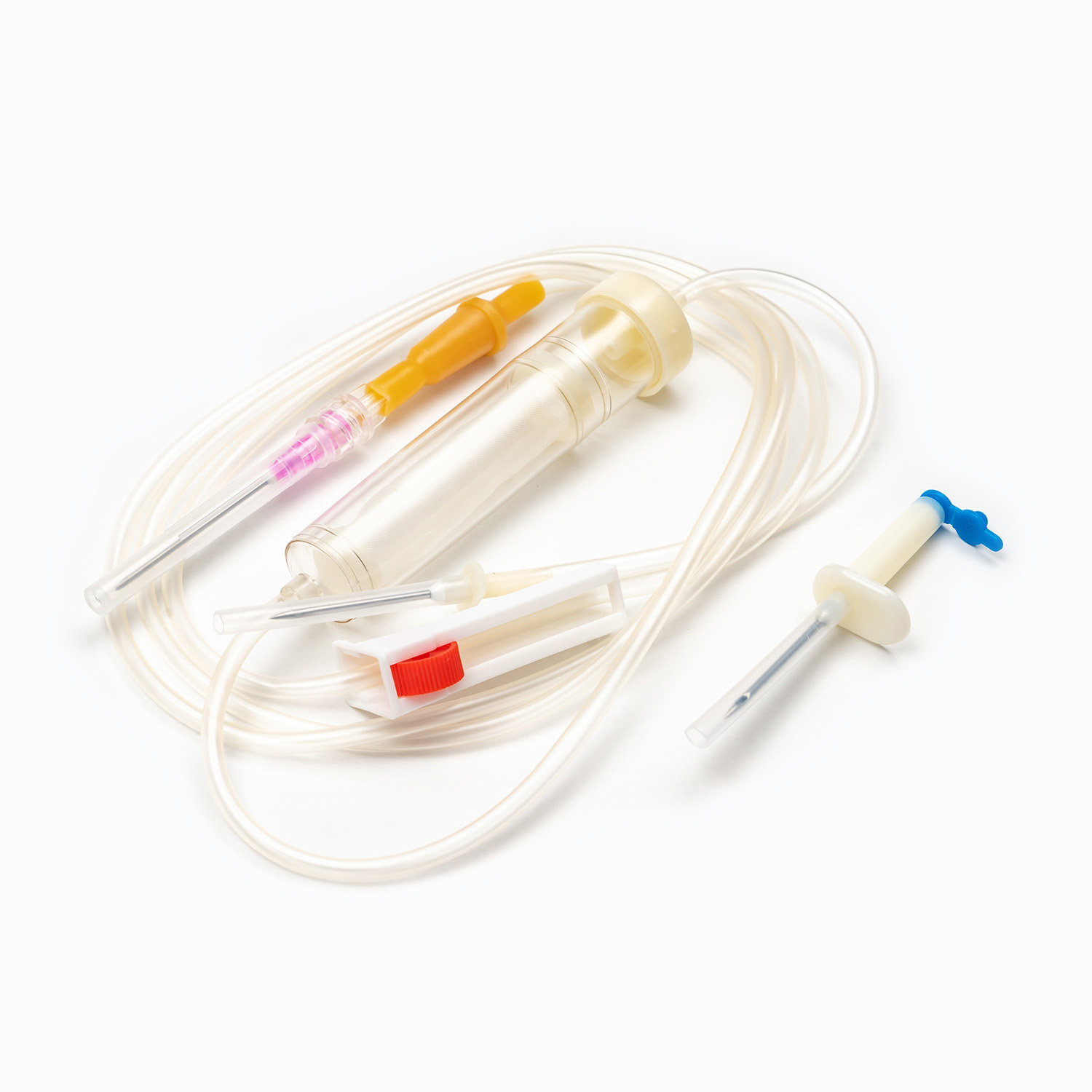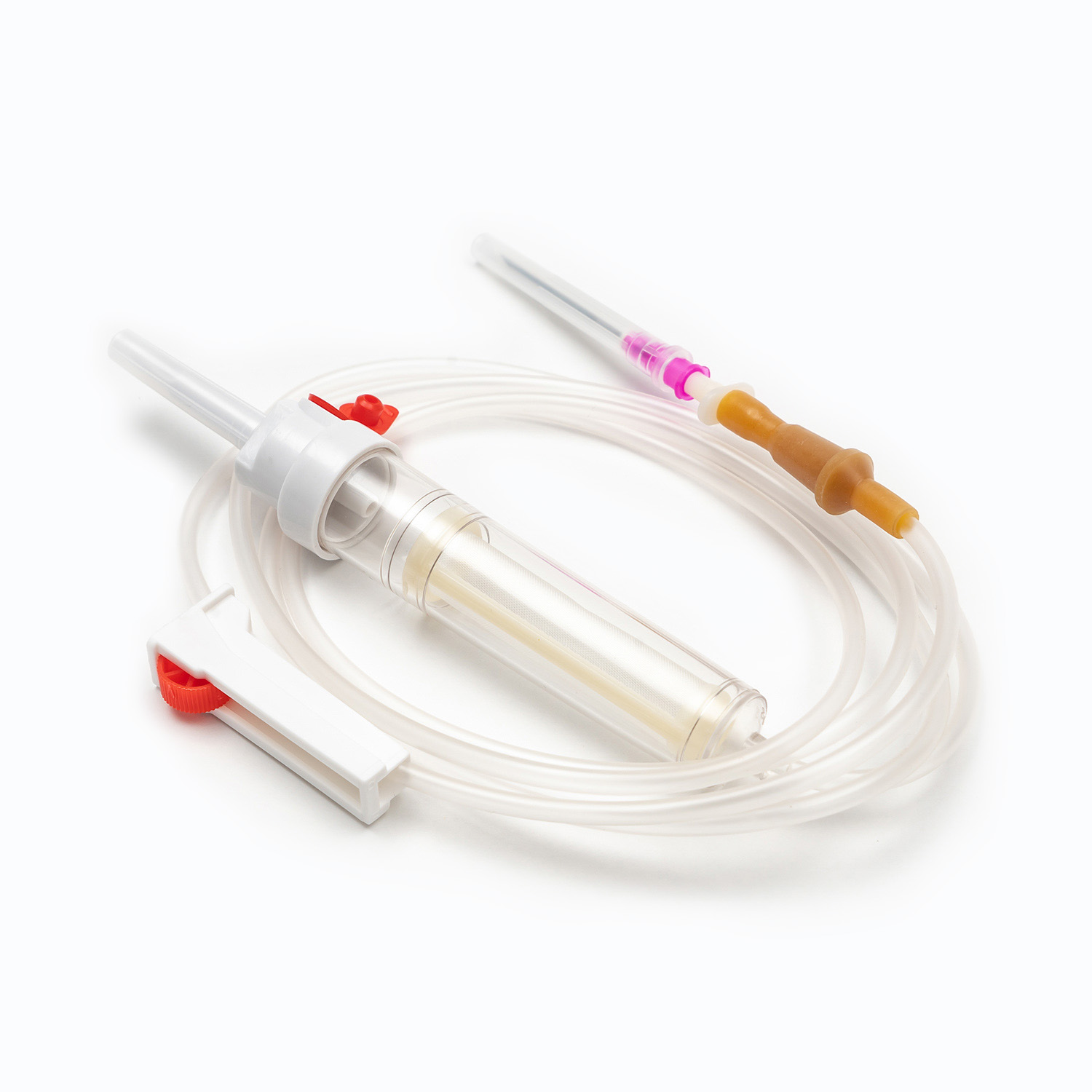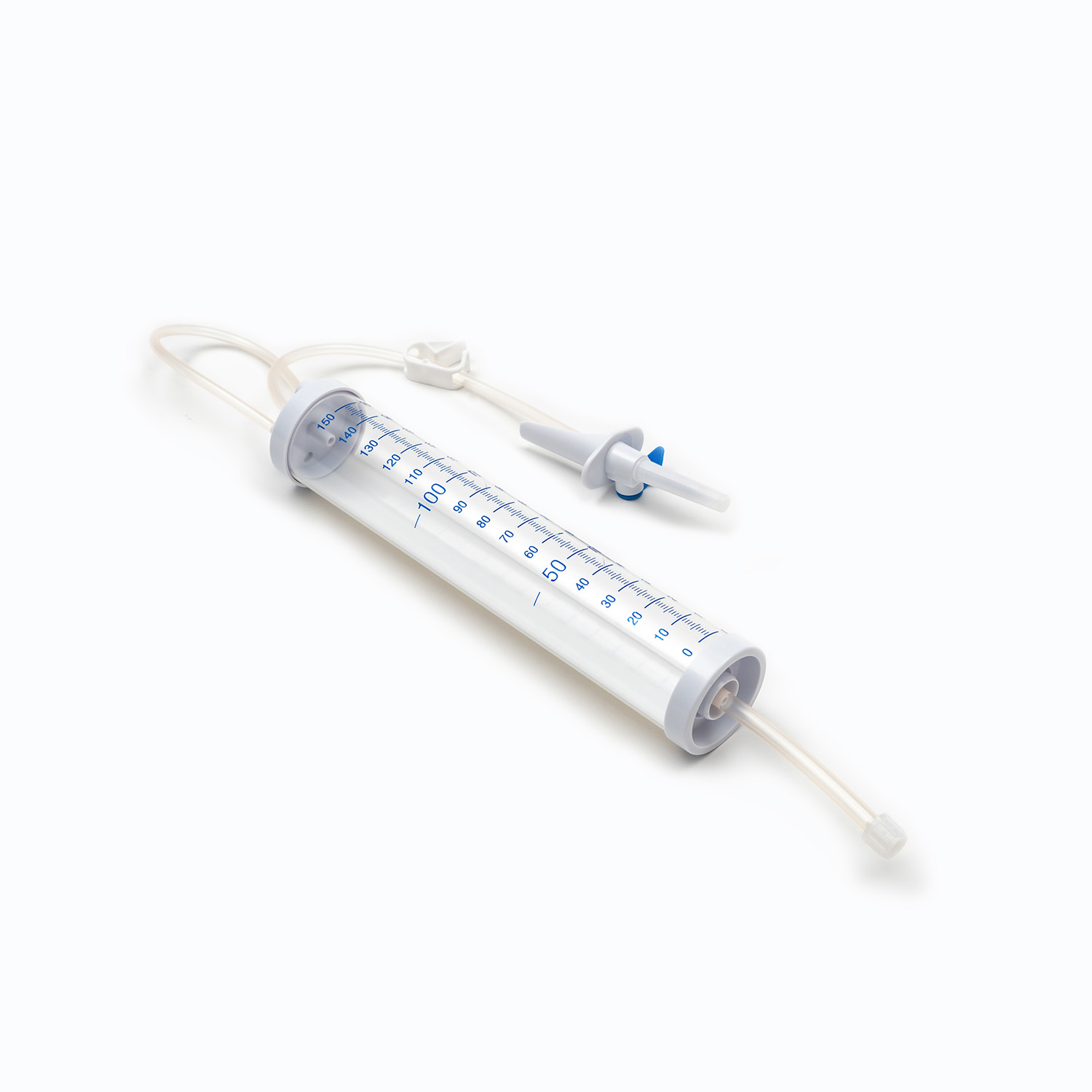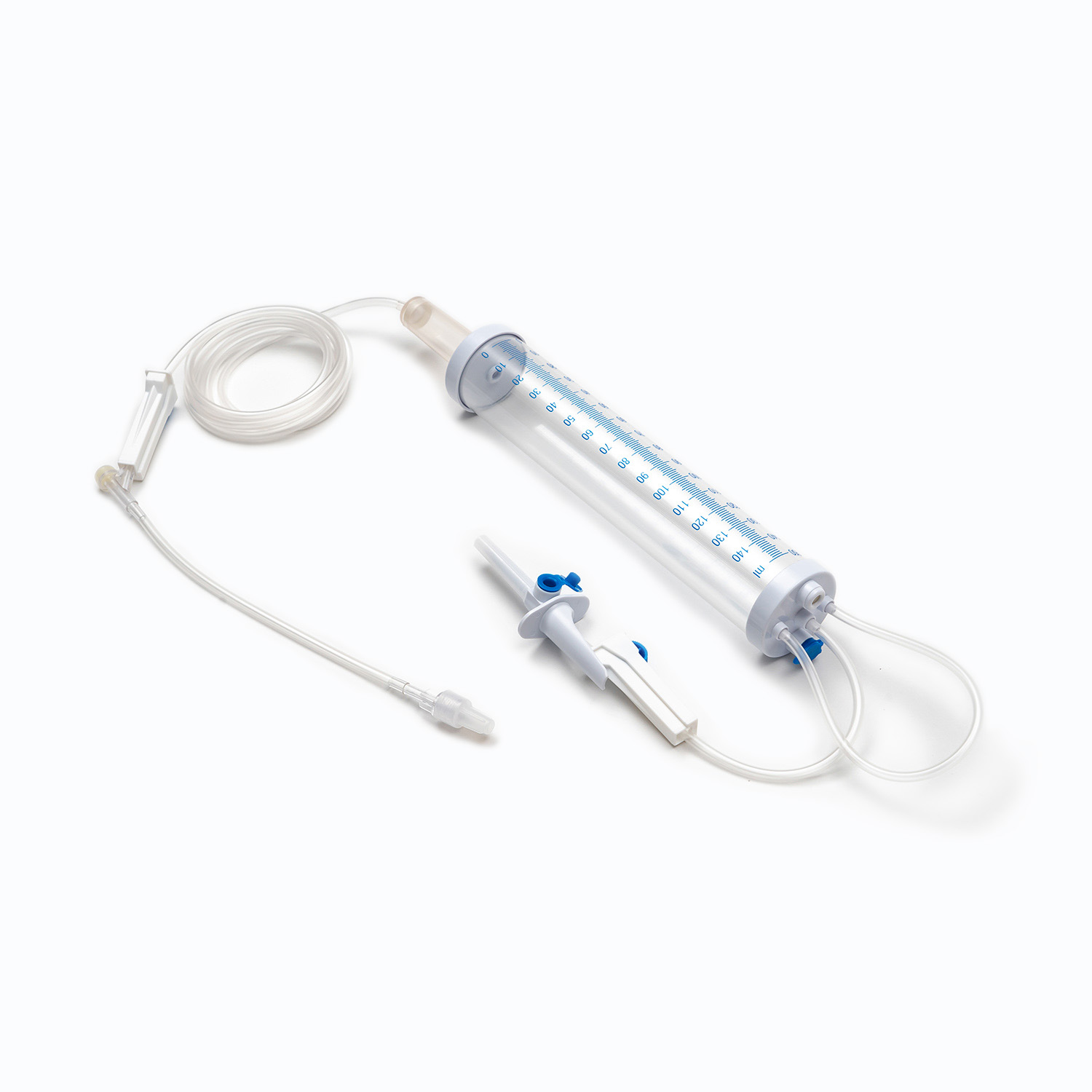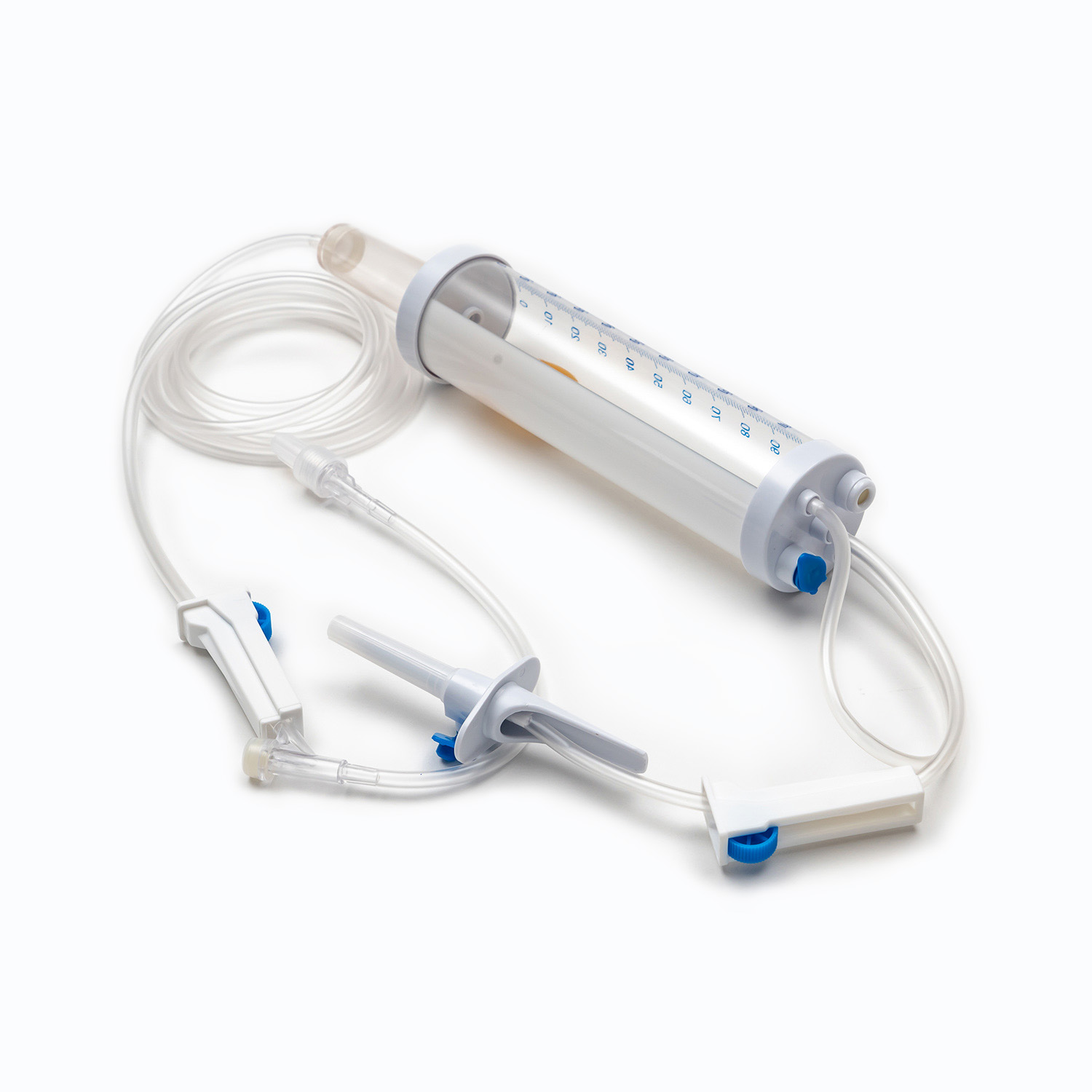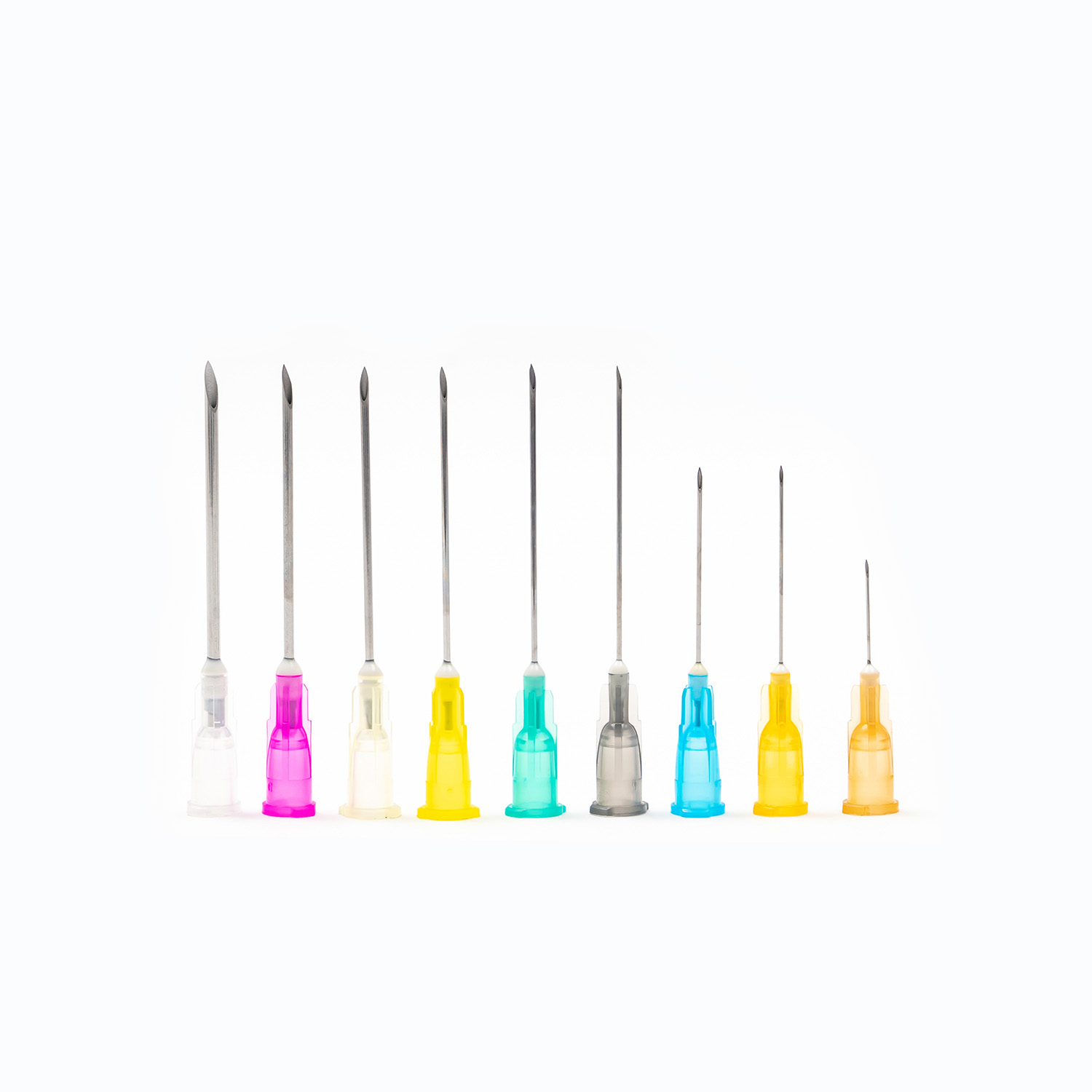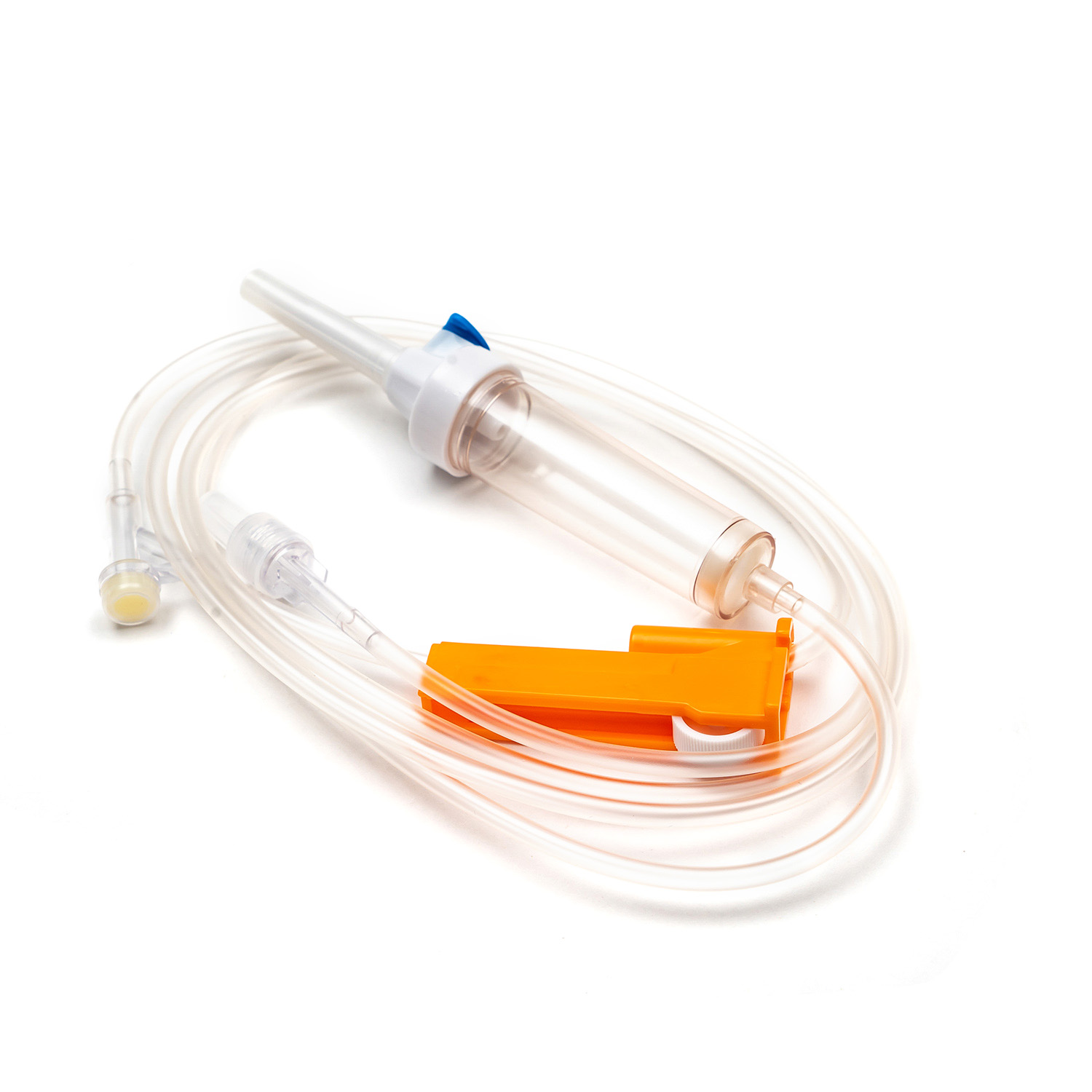Dental needles: technological innovations that improve comfort and safety
Jun 01,2025
During dental treatment, dental needles are a vital but often overlooked tool. They are used in conjunction with dental syringes to inject local anesthetics or other therapeutic drugs to help doctors complete various dental treatments. From its design, manufacturing materials to usage techniques, every detail involves precise engineering and medical science, which is directly related to the patient's treatment experience and efficacy.
Dental treatment, especially root canal treatment, tooth extraction and some periodontal treatments, the selection and operation of needles have a profound impact on the treatment process. With the development of technology, the design of dental needles has gradually become more advanced, and the functionality and comfort have been greatly improved.
1. Basic composition and function of dental needles
Although the dental needle is small, its structural design and material selection require a very high level of professionalism. As one of the most important auxiliary tools in dental treatment, the basic composition of the dental needle mainly includes the needle tube, needle tip, the outer coating of the needle, and the part connected to the syringe. The selection and design of each part cannot be ignored.
1.1 Needle tube
The needle tube of the dental needle is usually made of stainless steel. Because stainless steel has good corrosion resistance and high strength, it can ensure that the needle maintains stable performance during long-term use. At the same time, the wear resistance and oxidation resistance of stainless steel can also effectively extend the service life of the needle. The needle tube of modern dental needles is usually specially polished to make the needle surface smoother and reduce damage to patient tissues during injection.
1.2 Needle tip
The tip design of the needle is a key factor affecting the anesthesia effect and patient comfort. Traditional needle tips are usually polished into a sharp triangular shape to ensure the accuracy of puncture. However, with the gradual attention to patient comfort, the needle tip design of modern dental needles has gradually become more refined. At present, many dental needles have adopted a sharper and smoother design, which can effectively reduce the pain caused during puncture. Especially when injecting local anesthetics, the slight difference of the needle directly affects the pain of the patient, so the design and polishing technology of the needle tip have become the focus of dental needle manufacturers.
1.3 External coating
In order to reduce the discomfort during anesthesia, many modern dental needles will add a special coating on the outer surface of the needle tube. This coating can reduce friction with tissues, reduce resistance during puncture, and further enhance patient comfort. At present, common coating materials on the market include silicone coatings, polymer coatings, etc. These materials can not only effectively reduce friction, but also prevent needle wear to a certain extent.
1.4 Connection part
The design of the connection part between the dental needle and the syringe is also crucial. Modern dental needles are usually connected to the syringe by threaded connection, snap-on or other efficient methods. These connection methods ensure the tightness of the needle and the syringe, preventing drug leakage or injection difficulties during the injection process.
2. Classification of dental needles
Depending on the different usage scenarios and treatment objects of dental needles, dental needles can be divided into different types. Different types of needles differ in length, diameter, design, material, etc. to meet different treatment needs.
2.1 Classification by length and diameter
Depending on the anesthesia site used and the depth of anesthesia, dental needles usually have different length and diameter specifications. Common dental needle lengths are generally 12mm, 20mm, 30mm, etc. Shorter needles are generally used for anesthesia in the upper jaw, while longer needles are suitable for anesthesia in the lower jaw, especially deep anesthesia.
In terms of diameter, the specifications of dental needles are usually measured in G (Gauge). The smaller the G value, the thicker the diameter of the needle. The most common diameters of dental needles are 28G, 30G, etc. Among them, the 28G needle is thicker and suitable for injection of anesthetic drugs with higher concentrations; while the 30G needle is thinner and suitable for more delicate and sensitive operations to reduce pain and discomfort.

2.2 Classification by use
Depending on the use, dental needles can be further divided into the following categories:
Local anesthesia needle: This is the most common type of dental needle, mainly used for local anesthesia, helping dentists complete operations that require anesthesia such as tooth extraction and root canal treatment. Local anesthesia needles usually have a longer needle tube and a smaller diameter, which can ensure that the drug is accurately injected into the target area and reduce the patient's pain.
Periodontal treatment needles: This type of needle is usually thinner and shorter than local anesthesia needles and is suitable for treating periodontal disease, cleaning gum pockets and other superficial operations. Because periodontal treatment generally only requires local anesthesia, this type of needle is designed to be relatively lightweight.
Root canal treatment needles: During root canal treatment, the needle needs to pass through the pulp cavity and root canal system, so it is usually designed to be more flexible so that drugs or disinfectants can be delivered more accurately.
Needles for children: Because children's teeth and oral structures are relatively small, dental needles for children are usually thinner and shorter to ensure that children feel less pain during treatment.
2.3 Classification by manufacturing material
Although most dental needles are made of stainless steel, some special materials are also used in needles for certain special purposes. For example, the application of biodegradable materials in dental needles is gradually increasing, especially today when environmental protection concepts are increasingly valued. These biodegradable needles can decompose quickly after use, reducing pollution to the environment.
3. Innovation and development of dental needles
Dental needles, as part of medical devices, have been continuously improved and innovated with the advancement of science and technology. From the traditional single design to today's multifunctional and personalized customization, the development history of dental needles reflects the evolution of the entire medical device industry in pursuit of higher standards.
3.1 The birth of micro dental needles
With the advancement of technology, micro dental needles have become an important breakthrough in modern dental treatment. The diameter of micro needles is usually less than 0.4mm, which greatly improves the comfort of patients during anesthesia or injection. Micro needles can effectively reduce the discomfort caused by anesthesia, especially for patients who are particularly sensitive to pain.
3.2 Self-destruction design
With the enhancement of medical safety awareness, dental needles with self-destruction design came into being. This type of needle can automatically break or retract after use, avoiding the risk of needles being left in the patient's body due to improper operation or accident. This design not only improves the safety of patients, but also reduces the occurrence of medical accidents.
3.3 Environmental protection and biodegradable materials
Environmental protection is another major trend in the development of modern medical devices. In the design of dental needles, more and more manufacturers are beginning to use biodegradable materials. These materials can not only reduce environmental pollution, but also degrade naturally after use without causing harm to the ecosystem, which is in line with the concept of green medicine.
3.4 Application of nanotechnology
In recent years, nanotechnology has gradually shown great potential in the medical field. Nanotechnology can help manufacturers of dental needles improve the accuracy and comfort of needles. For example, nano-coating technology can further improve the smoothness of the needle surface, reduce the resistance during injection, and thus reduce the patient's discomfort.
4. The impact of dental needles on patient experience
In any medical operation, the patient's experience is always one of the most concerned aspects, especially in the process of dental treatment, the design and operation of the needle will directly affect the patient's comfort and treatment effect. The goal of dental treatment is to minimize the patient's discomfort as much as possible, and the selection and use skills of the needle play a vital role in this process.
4.1 Reduce the pain of puncture
In dental treatment, the core purpose of anesthesia is to reduce or eliminate pain, and the subtle design of the needle is to minimize the discomfort caused to the patient during the puncture. The tip of a modern dental needle is polished and ground with high precision, making it sharper and smoother, which can reduce the pain during puncture.
The design of a dental needle is not only to reduce the pain during puncture, but also to reduce the resistance of puncture to reduce the pain of the patient during the entire injection process. Modern injection equipment combines air pressure with precise control technology, so that anesthetic drugs can be delivered to the target area more evenly and stably, which can reduce the discomfort caused by irregular injections.
4.2 Precision drug injection
The design of a dental needle directly affects the injection accuracy and effect of the drug. With the development of dental technology, especially under the promotion of digital dental treatment, dental needles can be precisely controlled according to the specific conditions of the patient. Doctors can accurately inject anesthetic drugs into the target area through a precise control system. The design of the needle needs to meet the requirements of precise drug delivery to avoid waste of anesthetic drugs or the occurrence of adverse reactions.
Modern dental needles can usually reduce the rebound loss of anesthetic drugs, which makes the anesthetic effect more lasting and stable, thus providing better protection for treatment.

4.3 Improvement of psychological comfort
The psychological factors in dental treatment cannot be ignored either. Many patients feel nervous and afraid because of the pain of dental treatment, especially when they see the needle, which may cause a great psychological burden. In order to reduce the psychological pressure of patients, the design of modern dental needles has not only been continuously improved in function, but also optimized in appearance. Nowadays, many dental needles are more concise and smooth in appearance, and also use soft colors to reduce patients' fear of needles.
The professional attitude and operation skills of doctors when using dental needles are also crucial. By communicating with patients, building a trusting relationship, and using appropriate operation methods, the psychological comfort of patients can be effectively improved, making the treatment process smoother.
5. Cleaning and management of dental needles
Although many dental needles are disposable, some high-end treatment needles are designed to be reusable, which requires strict cleaning and disinfection after use to ensure the safety of patients. Reasonable cleaning and management methods can not only extend the service life of the needle, but also prevent cross infection.
5.1 Disinfection and cleaning of needles
For reusable dental needles, disinfection and cleaning are indispensable steps. First, dental needles should be thoroughly rinsed with water to remove drugs and dirt after use to prevent any residue from affecting the next use. Secondly, use a special disinfectant for soaking and high-temperature disinfection to ensure the removal of any bacterial and viral contamination. Finally, the disinfected needles should be stored in a sterile environment to avoid reinfection.
Modern dental instrument management systems are usually equipped with special disinfection and cleaning equipment, which can ensure that dental needles can be fully cleaned and disinfected after each use, in accordance with the strict standards of medical devices.
5.2 Management of needles
In medical institutions, the management of dental needles is crucial. To ensure the safe use of needles, medical institutions usually strictly manage needles, including inspections before and after use, control of the storage environment, and the integrity of usage records. These measures can effectively avoid safety problems caused by operational errors, expiration or improper disinfection.
During use, doctors should also pay attention to regularly checking the integrity and performance of the needle, especially whether the needle is bent, broken or worn. If any abnormal situation is found, the needle should be replaced immediately to ensure the safety of treatment.
6. Future development trend of dental needles
With the continuous advancement of science and technology, the technological innovation of dental needles is also developing continuously. From materials to design, from functions to operation methods, every progress of dental needles is aimed at improving the patient's treatment experience and treatment effect.
6.1 Minimally invasive and painless injections
With the promotion of the concept of painless medical treatment, minimally invasive and painless injections have gradually become a new trend in dental treatment. In the future, dental needles will pay more attention to refinement and precision, and strive to minimize the diameter and length of the needle to reduce the pain during puncture. With the help of the latest injection technology and efficient anesthetics, dental treatment may become easier and more comfortable.
6.2 Intelligent injection technology
Future dental needles are expected to introduce intelligent technology. For example, a needle with a sensor can monitor the injection progress and pressure of anesthetic drugs in real time, and automatically adjust the injection speed and dosage through an intelligent system, thereby minimizing drug waste and adverse reactions. The application of this technology can not only improve the effect of anesthesia, but also ensure the safety of patients.
6.3 Environmental protection and biodegradable materials
With the continuous improvement of environmental awareness, the application of biodegradable materials in medical devices will become more and more extensive. In the future, dental needles will be expected to use more environmentally friendly materials, which can be quickly degraded after use to avoid long-term pollution to the environment. In addition, dental needles made of biodegradable materials may also become the main trend of disposable use.
6.4 Personalized customization
Each patient may have different body shapes, tooth structures, and treatment needs. Therefore, personalized customization of dental needles may become a future development trend. Through 3D printing technology, the design of dental needles will be able to be tailored to the specific needs of patients to ensure efficient and safe treatment.
7. Summary
Dental needles are an indispensable and important tool in dental treatment. Although they seem simple, the design and technology behind them are full of complexity. Through continuous innovation and technological updates, modern dental needles have been able to greatly reduce the pain and discomfort of patients while ensuring the treatment effect. With the continuous development of future technology, dental needles will continue to improve in the direction of higher precision, higher comfort and more environmental protection, bringing patients a safer, more convenient and comfortable treatment experience.
With the advancement of science and technology, the instruments used in dental treatment are constantly being updated. Dental needles will no longer be a single tool, but a constantly evolving medical device, which will surely make greater contributions to the progress of the dental medical industry in the future.



 English
English Français
Français русский
русский Español
Español





